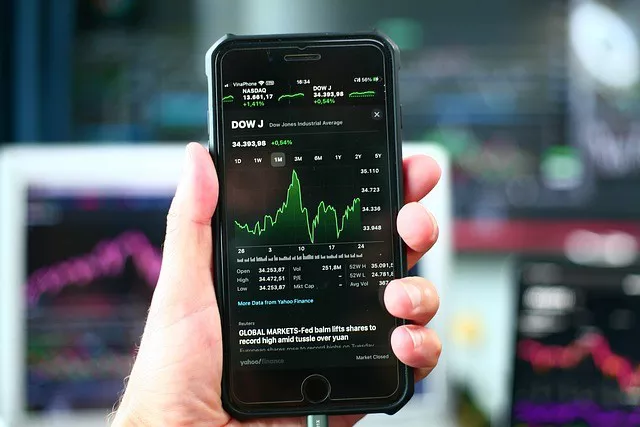Silver has been a valuable and coveted metal for centuries, prized for its beauty, versatility, and investment potential. Whether you’re a collector, a jewelry enthusiast, or simply looking to buy or sell silver items, knowing how to determine if it’s real silver is essential. Unfortunately, counterfeit silver items are prevalent in the market, making it crucial to be able to distinguish genuine silver from imitations. In this comprehensive guide, we will explore various methods and techniques to help you determine if it’s real silver.
Visual Inspection
One of the first steps in identifying real silver is a thorough visual examination. While this method alone is not foolproof, it can provide some initial clues. Here are some visual cues to look for:
a) Hallmarks: Genuine silver items often have hallmarks or stamps that indicate their silver content and authenticity. These hallmarks may vary by region and time period but commonly include markings such as “925,” “Sterling,” or “Sterling Silver.” Look for these marks in inconspicuous places, like the inside of a ring or the back of a piece of jewelry.
b) Tarnish: Real silver tarnishes over time due to exposure to air and moisture. If an item appears too shiny and lacks tarnish, it may be a sign that it’s not genuine silver. However, some silver items are regularly polished and may appear shiny despite being real.
c) Color: Authentic silver has a unique whitish-gray color, distinct from other metals. Be cautious of items that have a yellow or reddish tint, as this can indicate a silver-plated piece.
d) Weight: Silver is a dense metal, so real silver items should feel heavier than their counterparts made from less valuable materials. Compare the weight of the item in question to that of a known real silver piece of similar size.
Magnet Test
The magnet test is a simple and quick way to check if an item is real silver. Silver is not magnetic, so it should not be attracted to a magnet. Here’s how to perform the test:
a) Hold a strong magnet near the item.
b) If the item is attracted to the magnet, it is not real silver. Real silver will not respond to the magnet.
Keep in mind that some counterfeit silver items may be plated with a thin layer of real silver, so this test is not foolproof.
Nitric Acid Test
The nitric acid test is a more accurate way to determine if an item is real silver. However, it involves using a corrosive chemical, so it should be done with caution and only on a small, inconspicuous part of the item. Here’s how to perform the test:
a) Put on protective gloves and eyewear.
b) Scratch a small, hidden area of the item to expose the metal underneath.
c) Apply a drop of nitric acid to the scratched area.
d) Observe the reaction. If the metal turns a creamy color, it is likely real silver. If it turns green or a different color, it may be a base metal, such as copper or brass.
e) Rinse the tested area with water and immediately dry it to prevent further corrosion.
Ice Test
The ice test is a non-invasive method that relies on silver’s excellent thermal conductivity. Silver is an efficient heat conductor, so it quickly transfers heat away from your skin. Here’s how to perform the ice test:
a) Place an ice cube on a flat part of the item.
b) Wait a few moments and observe how quickly the ice cube melts.
c) Genuine silver will cause the ice to melt rapidly due to its high thermal conductivity.
Keep in mind that this test is not definitive, as other metals can also conduct heat efficiently. It’s best used in conjunction with other methods for a more accurate assessment.
Ring Test
The ring test is a classic method to determine if a coin is made of real silver, and it can be applied to other small silver items as well. Here’s how to perform the test:
a) Hold the coin or item between your thumb and forefinger.
b) Gently tap it with another silver coin or a known real silver item.
c) Listen to the sound it produces. Genuine silver will produce a clear, high-pitched ring, while base metals will produce a dull thud.
Remember that this test may not work as effectively on larger or differently shaped silver items.
Conclusion
Being able to tell if it’s real silver is an essential skill for collectors, investors, and anyone interested in silver items. While these methods can help you make an initial assessment, it’s important to note that some counterfeit items are sophisticated and may pass some of these tests. For high-value transactions or items of significant sentimental value, consider seeking the expertise of a professional appraiser or using more advanced testing methods, such as X-ray fluorescence (XRF) analysis.
By combining visual inspection, the magnet test, the nitric acid test, the ice test, and the ring test, you can increase your confidence in identifying real silver items accurately. Always exercise caution when testing silver, especially if you suspect that an item may be valuable or historically significant. With practice and experience, you can become adept at distinguishing real silver from imitations, ensuring that your silver investments and collections remain authentic and valuable.


